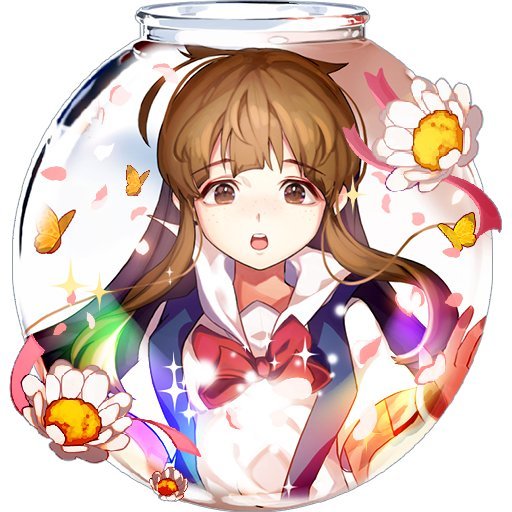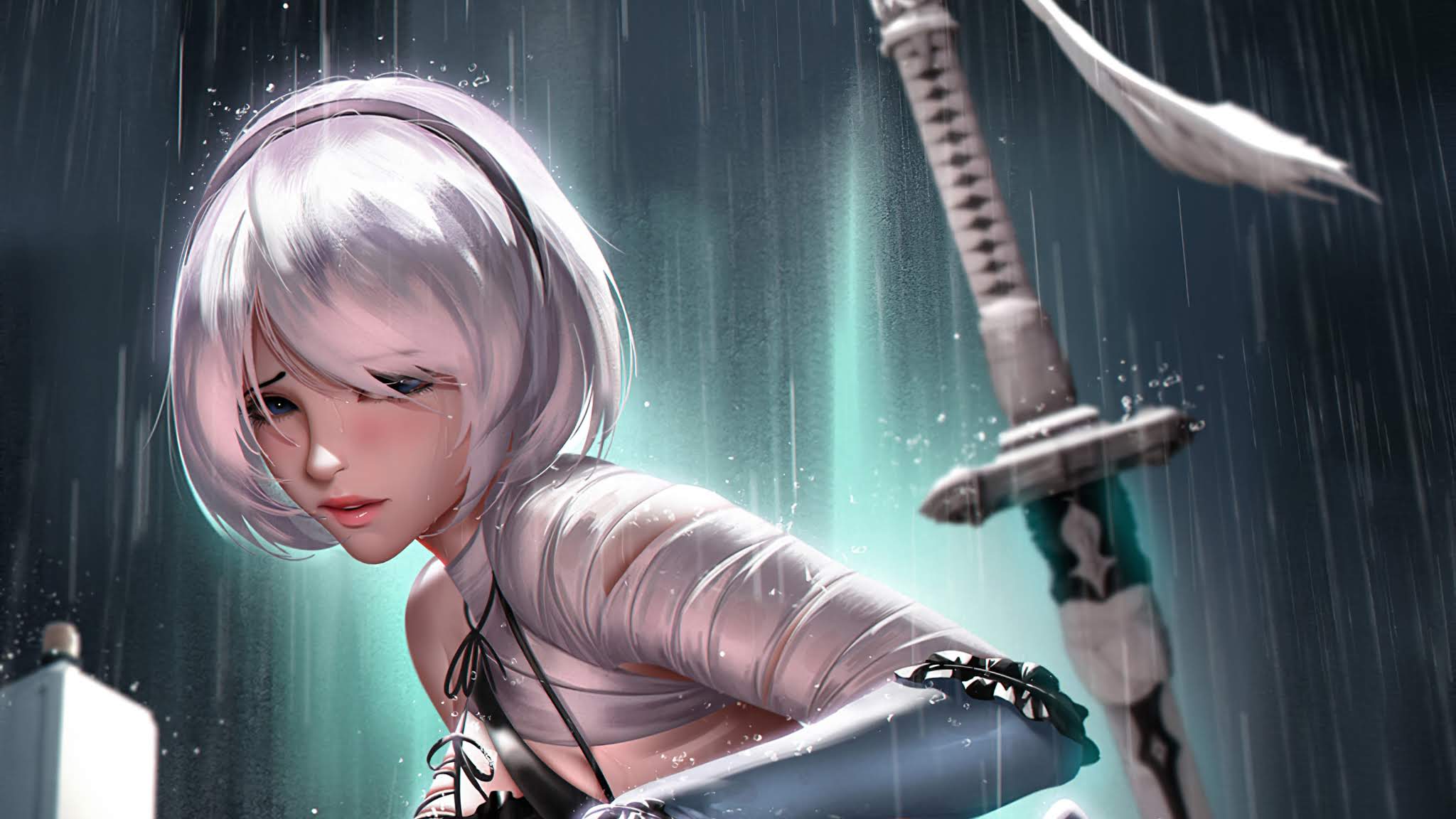

His musical expression is generally procedural by nature, expressed as a set of rules in compositional form. And for that, you can thank “computational sound artist” Batuhan Bozkurt of Istanbul. Great design, embodying musical sense in the structure of the tool itself, makes this a hit.

Want further evidence? Look no further than the Facebook page, or better yet, open discussion on Reddit: Flash may not be the best rich tool the Web has ever seen, but it’s only the means to an end – the end being getting things in a connected browser.
NEAR OTOMATA SOFTWARE
App or not, the Web is what makes software successful these days, through YouTube views, blog posts like this one (ahem), and even casual “look what’s on my screen” sharing that results in the exchange of a URL anyone with a browser can run. Otomata running the browser.īut it’s Web sharing that’s already making it powerful – people sending around links, sharing creations, and showing friends. But app or browser window, it doesn’t matter: the Web is what makes new ideas spread. “This should be an app, bro,” says a Facebook commenter.
NEAR OTOMATA ANDROID
It runs as a Flash file, which gives pretty much anyone access to it (including the majority of people on the planet who still don’t have either an iOS or Android device). Right now, Otomata is not an app, though iPhone/iPad and Android versions are reportedly in the works. In all the discussion of “apps” versus the Web – a discussion as old as the network itself, having appeared as “cloud computing” and various other forms before – people may be missing the point. I’m late in posting it, but in a way, that’s a good thing – in the time that this sequencer has spread around the Web, it’s spawned a small army of casual musicians producing their own videos and patterns.Īnd that brings me to an observation. Otomata is a simple generative online grid-based sequencer, owing to a number of step sequencers and Toshio Iwai’s Tenori-on, with some beautiful circular visualizations of the resulting sounds. It would be great if we can group them together to make it easier to distribute them every week.Behold the power of the Web: composition ideas become a tool, a tool becomes a means for even casual users sharing musical sketches, and a browser toy can be a window into a Turkish sound artist breeding musical DNA like some people breed strains of flowers. Collecting them to share individually is a pain.

“Due to the 2B butt controversy, many outrageous drawings are being made.
NEAR OTOMATA ZIP FILE
To his suprise, the exposure the tweet received resulted in fans actually collecting fanart of 2B and sending it to him (shown below, right), including the most notable tweet containing a ZIP file with nearly 1,000 images (including duplicates). However, as is known by fans of Taro to be fitting for him, his reply to the controversy didn't reference the butthole but instead asked for his followers to send him the art of 2B's butt in a ZIP file (shown below, left). The fanart and the discusion about 2B's butthole didn't go unnoticed to the game's creator, Yoko Taro, who quickly followed with a reply to the topic.

As of January 31st, 2017, fanart on the Japanese image sharing website Pixiv for 2B contains over 1,500 images, which is even more than the amount of fanart tagged with "NieR: Automata" at 1,300 images, with many prominently featuring her posterior. The controversy surrounding the screenshot of the butthole, regardless of it being real or fake, managed to gather an explosive amount of attention for 2B's assets. The game's main enemies are creatures known as Shades and the villain is a shadow version of the title character who wants to kidnap Yonah. The middle-aged titular character Nier (whose name can be changed in game) embarks on a quest to save his daughter Yonah from an illness known as "the black scrawl." Along the way, he meets a snarky book named Grimoire Weiss and social outcasts Kainé and Emil (cast shown below). The story takes place in the distant future. In Japan, the game was released as Nier: Gestalt and an alternate version, Nier: Replicant was released and featured a younger main character. Thus, Nier features multiple perspectives on the events of its plot, revealed through multiple playthroughs. Yoko stated the game was inspired by the events of September 11th, 2001 and that he wanted to show how in conflict, both sides believe they are doing the right thing. Director Yoko Taro had high creative control over his game, and as a result, the game blends multiple styles and genres. It was initially planned as an entry into the Drakengard series, but was released as its own spinoff. Nier was released in 2010 by Square Enix.


 0 kommentar(er)
0 kommentar(er)
